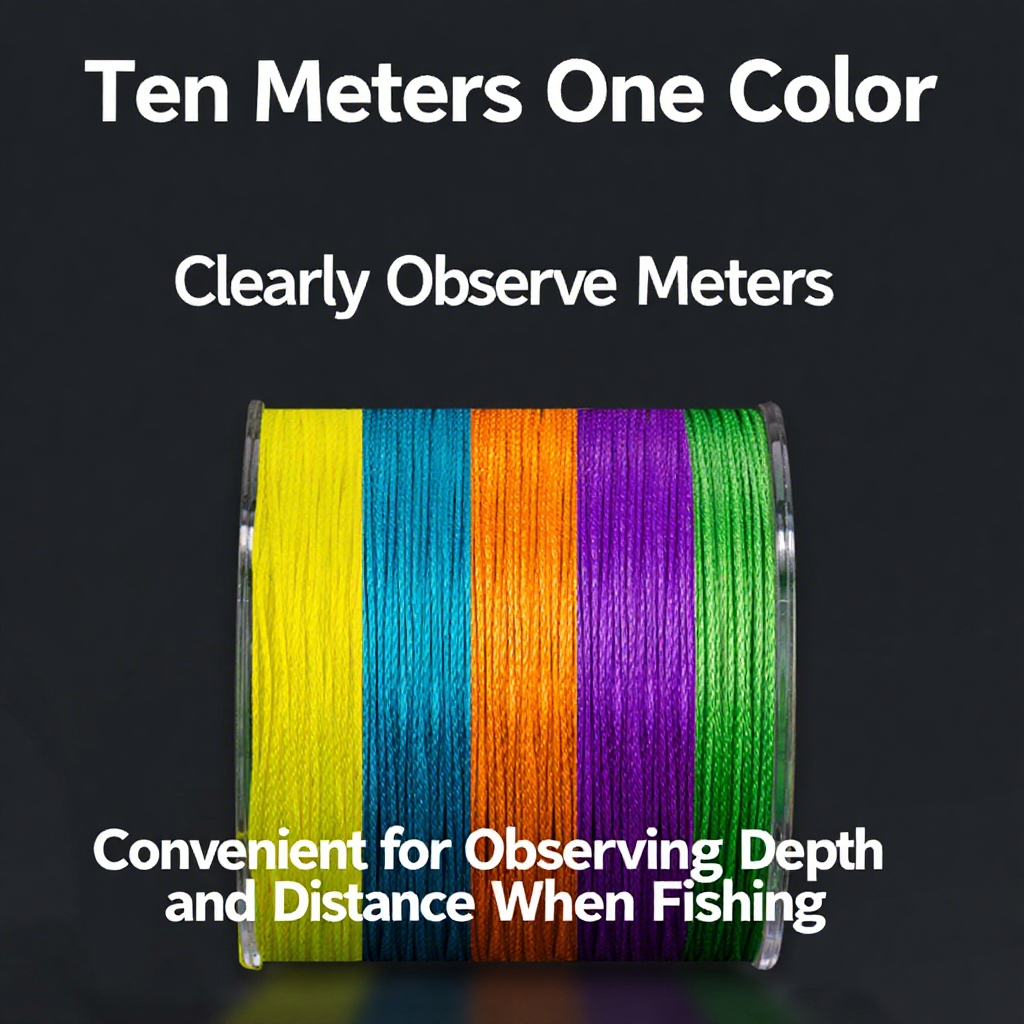Kayak fishing has become increasingly popular in recent years, offering anglers a unique and exciting way to enjoy their favorite pastime. But what exactly is the science behind kayak fishing? Let's dive in and explore the fascinating dynamics at play.
Stability and Balance
One of the key factors in successful kayak fishing is maintaining stability and balance on the water. Kayaks are designed to be stable platforms, but anglers must also learn how to distribute their weight effectively to prevent tipping. Understanding the physics of balance can help anglers navigate choppy waters with ease.
Maneuverability and Speed
Another important aspect of kayak fishing is maneuverability and speed. Kayaks are nimble watercraft that can easily navigate tight spaces and reach remote fishing spots. By understanding the principles of hydrodynamics, anglers can maximize their kayak's speed and agility on the water.
Stealth and Camouflage
One of the advantages of kayak fishing is the ability to approach fish quietly and stealthily. Kayaks are low to the water, making them less visible to fish than traditional boats. By utilizing the principles of camouflage and stealth, anglers can increase their chances of a successful catch.
Environmental Awareness
Kayak fishing also requires a keen awareness of the environment and weather conditions. Understanding the science behind tides, currents, and wind patterns can help anglers plan their fishing trips more effectively. By staying informed about the natural world, anglers can stay safe and make the most of their time on the water.
In conclusion, the science behind kayak fishing is a fascinating blend of physics, biology, and environmental awareness. By understanding the principles of stability, maneuverability, stealth, and environmental factors, anglers can enhance their fishing experience and enjoy the thrill of catching fish from a kayak.











Leave a comment